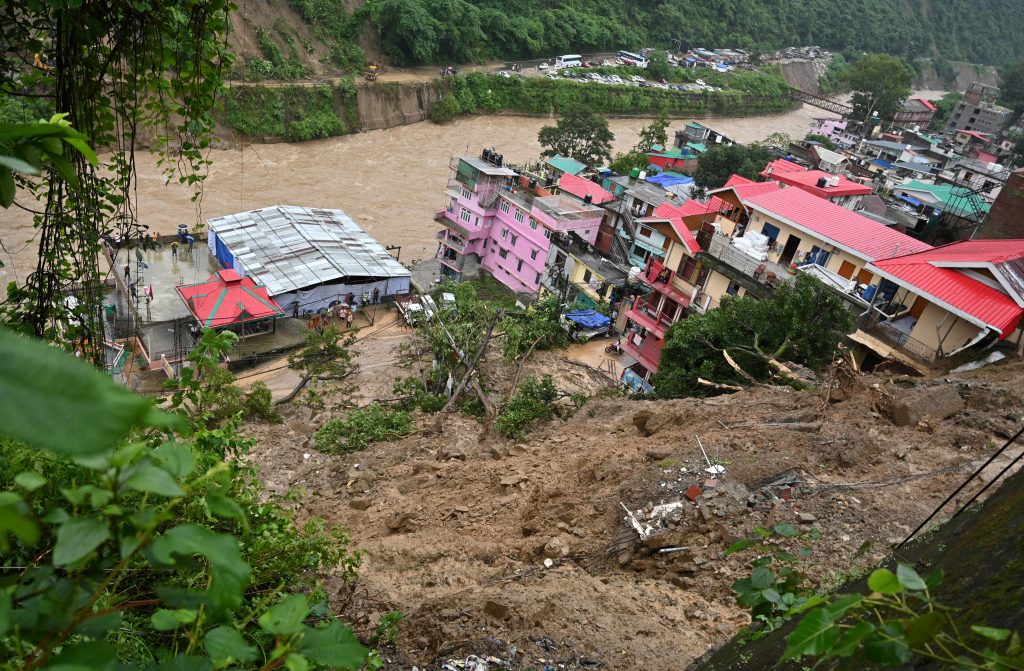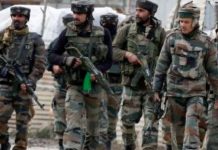
By Raghuvendra Tanwar
As early as 1901, the then Viceroy of India Lord Curzon had cautioned the Public Works Department with regard to the kind of buildings that could be constructed in Shimla. The city got a railway connection in 1903; within a year, it added 1,400 buildings. By 1905, Shimla’s summer population had touched about 38,000. This was shocking by the standards of the times. Shimla’s overcrowding has been a concern for over 120 years now.
I joined a boarding school in Shimla — Bishop Cotton School (BCS) — as a six-year-old in 1961 (passing out in 1970). My first view of the once-beautiful town is fresh in memory even today. As one crossed the then small hamlet, Tara Devi, the train track moved west of the hill and the motor road to the east. The moment one crossed Tara Devi by road was when one got the first glimpse of the town. In 1961, just a handful of buildings were actually visible on the drive to the town. The buildings that stood out in the dense deodar forests included the church, the Western Command premises, the General Post Office, a part of The Mall and the Middle Bazaar and, perhaps, a few others. The rest of Shimla appeared as dots of little green and red roofs.
Bishop Cotton School was surrounded by apple orchards and strawberry fields. It was common to trek down to the streams that abounded in the area. Waters were crystal clear. The place where New Shimla stands today was where we tested our paper planes that would glide over the fields into the valley. Just below the heritage Secretariat building (Chhota Shimla) was the Tibetan school, which we often visited to assist refugee children.
Just a few sundry shops and the police station made up Chhota Shimla. The walk from our school to Chhota Shimla was through the dense deodar forests. The annual school marathon had Sanjauli as the starting point. Either side of the road was forested — deodars clinging to the cliff, right down to the St Bede’s crossing. The narrow road that led to The Mall from St Bede’s was so densely forested that it carried along several ghostly stories.
The area of Summer Hill that recently saw a tragic and devastating landslide, too, was a dense forest. We used to return to school in March and the train passed through the forest, often with the last residues of snow.
The stories of Kullu, Manali and even the then ‘lowly regarded’ Solan have unfolded on a common path. Himachal Pradesh has been taking the wrong road mainly because of corruption and greed or simply lack of vision. In the ‘The dying deodars of Naldehra’ (The Tribune, August 18, 1996), I wrote about the ravages of the excessive footfall and also the unfortunate decision of handing over Himachal Tourism’s prime property (after a fire mysteriously burnt it down) to the Oberoi chain — where stands Wildflower Hall today. I had also written: “The magnificent deodars appear to be crying for attention….The roots of most trees have been exposed due to the erosion of the top soil… the grass on the hill side has withered.”
In ‘Shimla: Another age, another time’ (The Tribune, May 26, 2001), I had said: “For those who have seen Shimla in its prime, its state today leaves them with a sad and hollow feeling. Shimla is a good example of what so-called development and progress can do to nature and its beauty.”
If we observe carefully, it is not difficult to note that the basic architectural character of the town has undergone dramatic and disastrous changes. The British usually used stones/bricks to build where land was flat and there was no possibility of any slipping soil. On the slopes of eligible gradient, it was wood that was always used. The roofs were almost of wood frames and tin. Not one old building had RCC slabs. The idea, obviously, was to keep the weight of the buildings on the slopes as low as possible. The concept of erecting multi-floor buildings on steep slopes with the support of stilts or columns was unthinkable.
It is obviously unfair to suggest that multi-floor buildings are the result of the work being done by ‘Bihari’ architects and masons. How can we forget that it is these ‘Biharis’ who travel long distances to come to this part of the country to help in our agricultural tasks, build our roads and buildings, and so much more? Most of the tasks of building roads and tunnels at high altitudes are being done by these hardworking people. Travel to any construction site in Himachal Pradesh, Jammu & Kashmir and even Ladakh, and the role and importance of the migrant labour would strike a right-thinking mind.
The building spree that is now putting stress on the slopes is the result of high demand. Himachal is primarily an agrarian state and it is only natural for people to aspire to own a home in places that have decent educational, medical and other facilities. Shimla has been attracting people from other states as well. Some years ago, there was talk of a new township being developed, not far from Shimla. The idea was to decongest the town and strictly restrict new construction.
It makes me shudder to imagine what could happen to towns like Shimla as a result of even a low-intensity earthquake. What has happened in the past few weeks in Himachal and Uttarakhand is just the beginning, unless governments take the crisis seriously. It is a wake-up call.
(The author is Chairman, Indian Council of Historical Research and the article first appeared in the Tribune)













